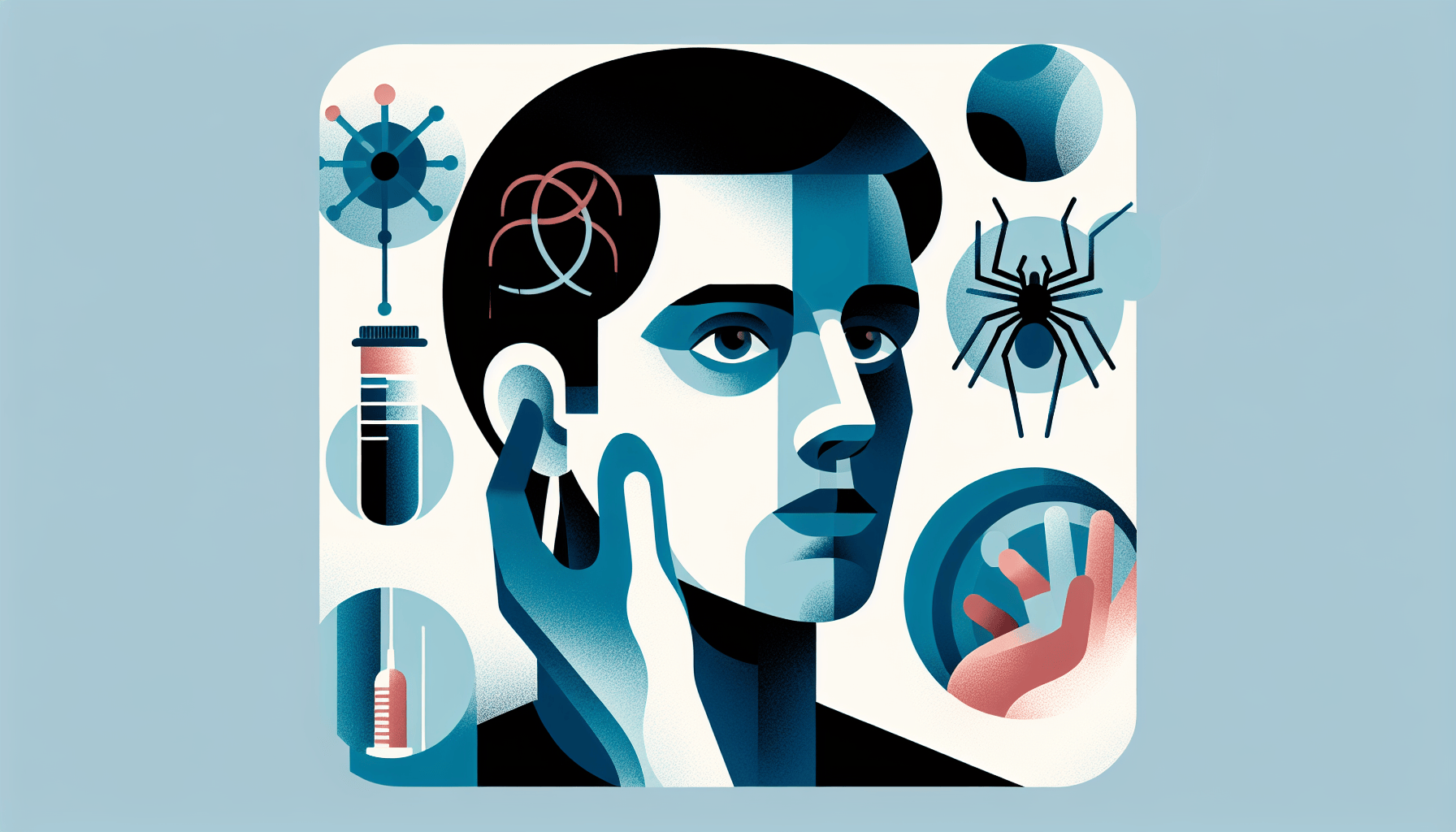Utah Becomes the First State to Let AI Handle Prescription Refills
Utah just made history: it's the first US state to let an AI system renew prescriptions on its own. The program covers people who are already taking medications for [...]
Read More
Medically reviewed by William Wadzinski | MD, Uniformed Services University of the Health Sciences on February 16th, 2024.
Brown recluse spiders are one of two venomous spiders found in the United States that can cause serious health problems if they bite you. While these spiders prefer to avoid human contact, they may bite if they feel threatened. It's important to know how to identify a brown recluse spider, recognize the symptoms of a bite, and seek proper treatment.
Brown recluse spiders are not always brown; they can also be tan in color. They have a distinct violin-shaped marking on the front half of their body, with the neck of the violin pointing toward the spider's abdomen. These spiders can range in size from a quarter-inch to three-quarters of an inch, with long legs that make them appear even larger.
Unlike most spiders that have eight eyes, brown recluses have six eyes arranged in pairs: two in the front and two on each side of the head. They are primarily found in the Midwest and South, and they prefer dark, secluded spaces both indoors and outdoors.

Brown recluse spider bites are usually painless initially, which means they often go unnoticed. However, symptoms typically develop 2-8 hours after the bite occurs. Most bites cause only minor tissue damage, but in some cases, more severe symptoms can occur.
Common symptoms of a brown recluse bite include:
Mild redness and fang marks at the bite site
A bull's-eye appearance with a pale center surrounded by a red ring
Blistering and skin discoloration (bluish or black) as the tissue dies
Pain or redness at the bite site
Fever, chills, and nausea
Joint pain and weakness
In rare cases, brown recluse bites can lead to seizures or coma.
If you suspect you've been bitten by a brown recluse spider, it's important to see a doctor for proper diagnosis. If possible, try to safely capture the spider or take a photo of it to help with identification. Your doctor will examine the bite site and ask about your symptoms to determine the best course of treatment.
For most adults, brown recluse spider bites can be treated at home. However, if you suspect a small child has been bitten or if you experience severe symptoms, seek medical attention immediately.
Home treatment for mild symptoms includes:
Cleaning the bite site with soap and water
Applying antibiotic cream
Elevating the affected limb while resting
Applying ice to reduce swelling
Taking over-the-counter pain medication
See a doctor right away if you experience any of the following:
An ulcer or blister with a dark center at the bite site
Extreme pain
Signs of infection
Difficulty breathing
In some cases, a tetanus shot or antibiotics may be necessary. Your doctor will determine the best treatment plan based on the severity of your symptoms.
To learn more about brown recluse spiders and their bites, visit the following reputable sources:
While most bites resolve with home care, the delayed onset of symptoms makes early recognition crucial for preventing serious complications. Monitor the bite site closely for the first 72 hours and don't hesitate to seek medical attention if symptoms worsen. If you're concerned about a potential bite or experiencing unusual symptoms, Doctronic can help you assess your situation quickly.
Utah just made history: it's the first US state to let an AI system renew prescriptions on its own. The program covers people who are already taking medications for [...]
Read MoreUnderstanding Mounjaro and Its UsesMounjaro is a prescription medication commonly prescribed for managing type 2 diabetes. It belongs to a class of drugs that help regulate [...]
Read MoreUnderstanding Hydrocortisone Uses and DosagesHydrocortisone is a versatile medication primarily used to reduce inflammation and suppress the immune system in various [...]
Read More